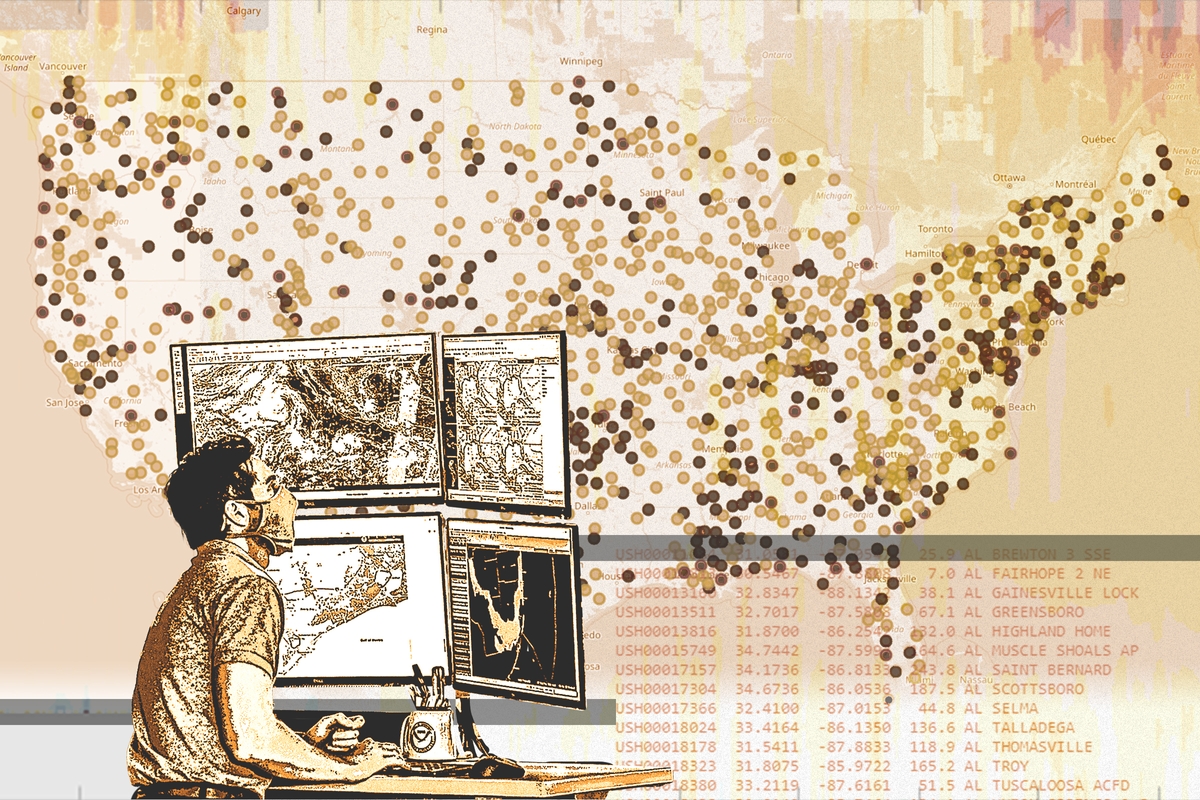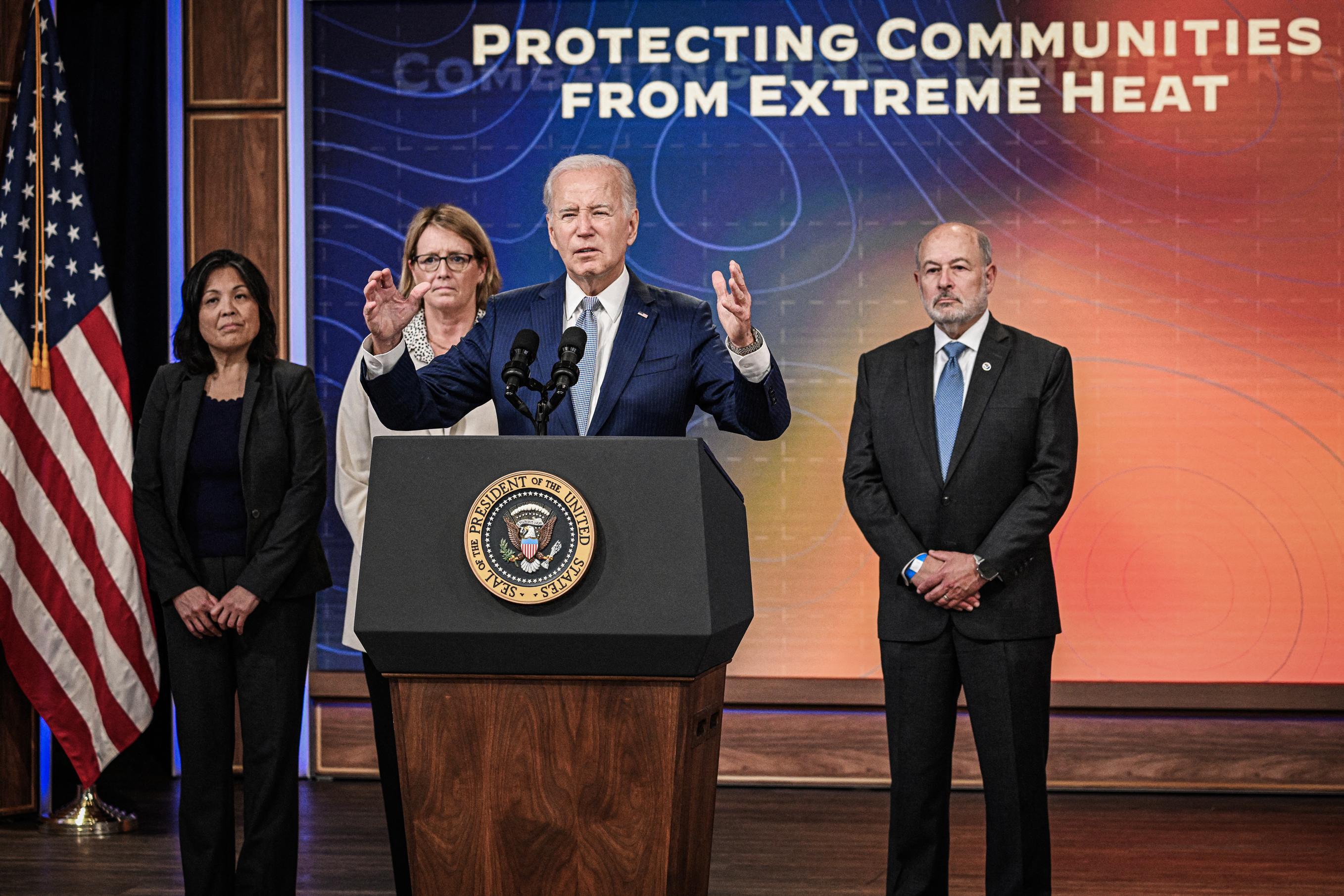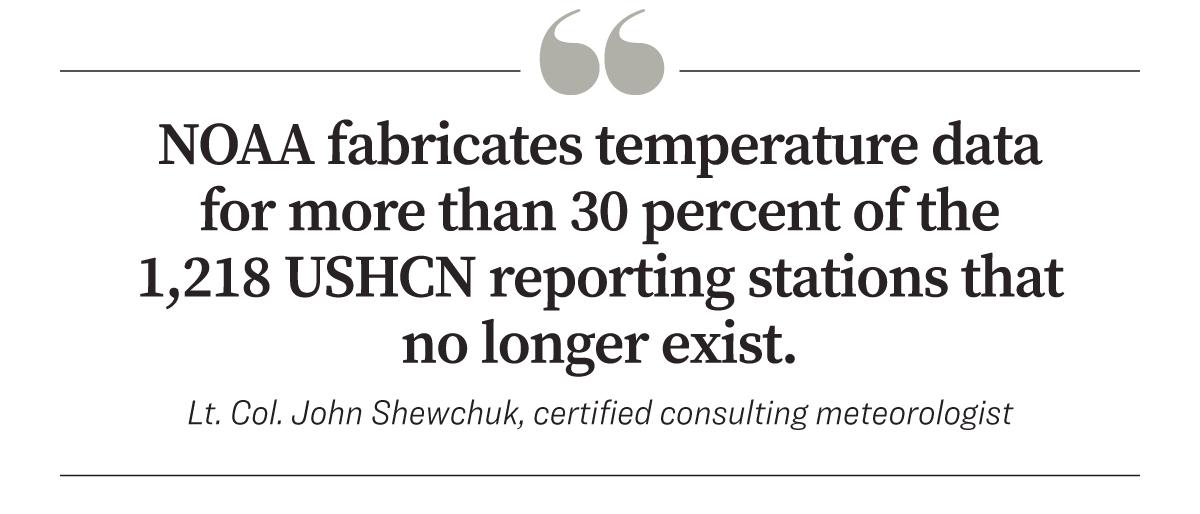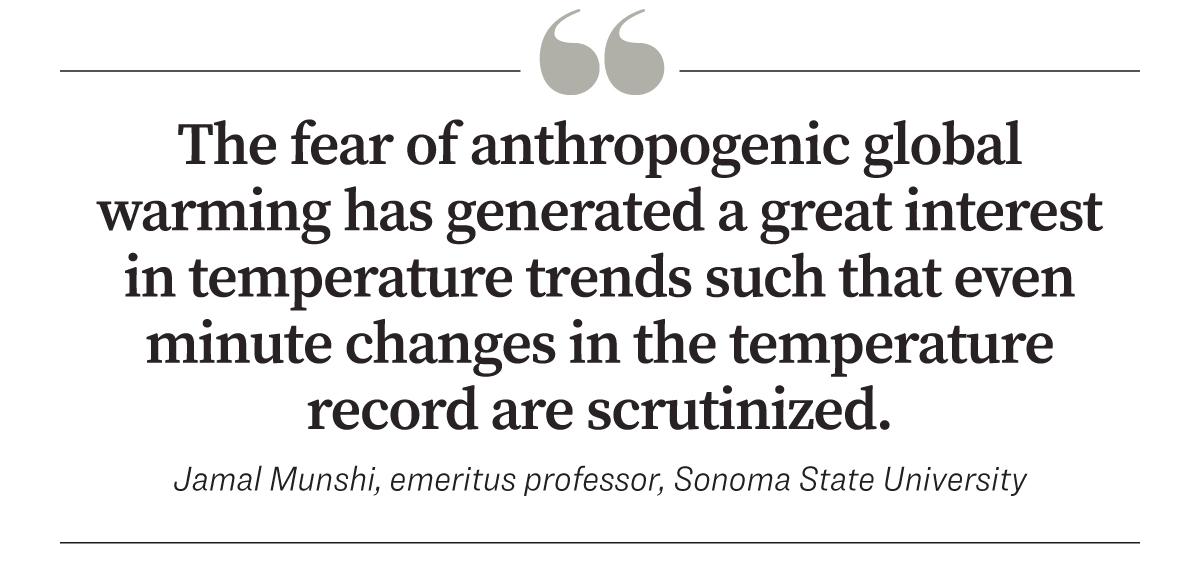from The Epoch Times:

“Earth’s issuing a distress call,” said United Nations secretary-general António Guterres on March 19. “The latest State of the Global Climate report shows a planet on the brink.
TRUTH LIVES on at https://sgtreport.tv/
“Fossil fuel pollution is sending climate chaos off the charts. Sirens are blaring across all major indicators: Last year saw record heat, record sea levels, and record ocean surface temperatures. … Some records aren’t just chart-topping, they’re chart-busting.”
President Joe Biden called the climate “an existential threat” in his 2023 State of the Union address. “Let’s face reality. The climate crisis doesn’t care if you’re in a red or a blue state.”
In his 2024 address he said, “I don’t think any of you think there’s no longer a climate crisis. At least, I hope you don’t.”
When recalling past temperatures to make comparisons to the present, and, more importantly, inform future climate policy, officials such as Mr. Guterres and President Biden rely in part on temperature readings from the United States Historical Climatology Network (USHCN).
The problem, say experts, is that an increasing number of USHCN’s stations don’t exist anymore.
“They are physically gone—but still report data—like magic,” said Lt. Col. John Shewchuk, a certified consulting meteorologist.
“NOAA fabricates temperature data for more than 30 percent of the 1,218 USHCN reporting stations that no longer exist.”
He calls them “ghost” stations.
Mr. Shewchuck said USHCN stations reached a maximum of 1,218 stations in 1957, but after 1990 the number of active stations began declining due to aging equipment and personnel retirements.
NOAA still records data from these ghost stations by taking the temperature readings from surrounding stations, and recording their average for the ghost station, followed by an “E,” for estimate.

The addition of the ghost station data means NOAA’s “monthly and yearly reports are not representative of reality,” said Anthony Watts, a meteorologist and senior fellow for environment and climate at the Heartland Institute.
Critical Data
NOAA’s complete record of USHCN data is available on its website, making it a vital tool for scientists examining temperature trends since before the Industrial Revolution.
“The fear of anthropogenic global warming has generated a great interest in temperature trends such that even minute changes in the temperature record are scrutinized, and controversial implications for their effects on climate, extreme weather, and sea level rise are weighed against the cost of reducing emissions as a way of moderating these changes,” Mr. Munshi wrote.
“Energy and development policy around the world are impacted by these evaluations.”





